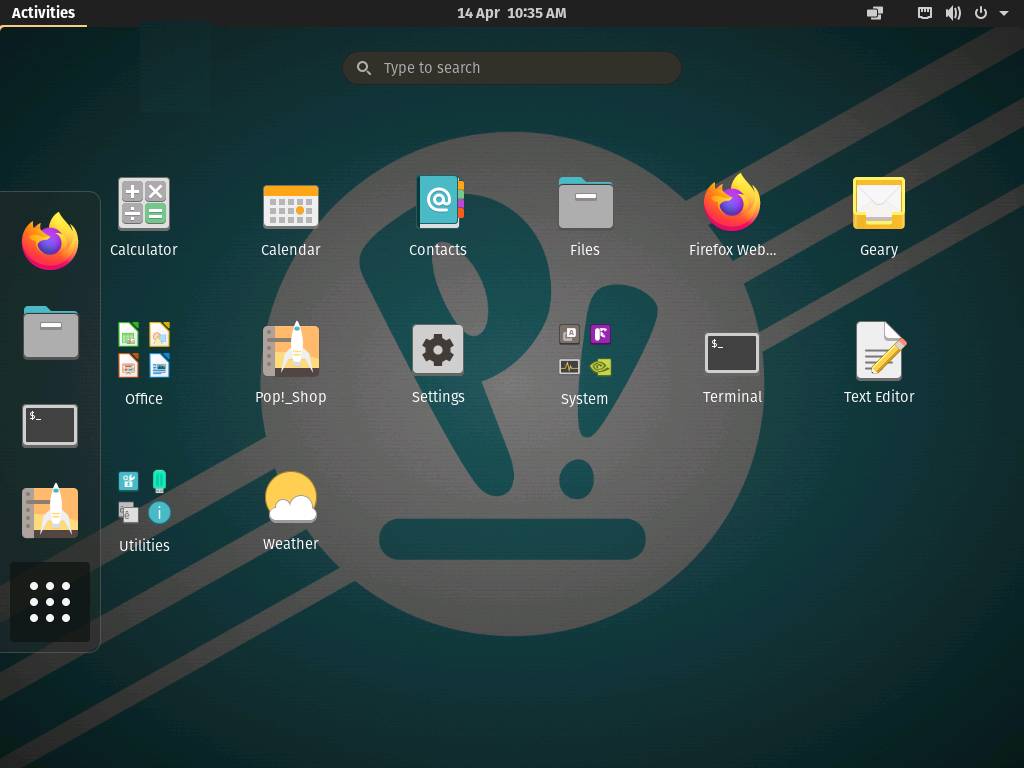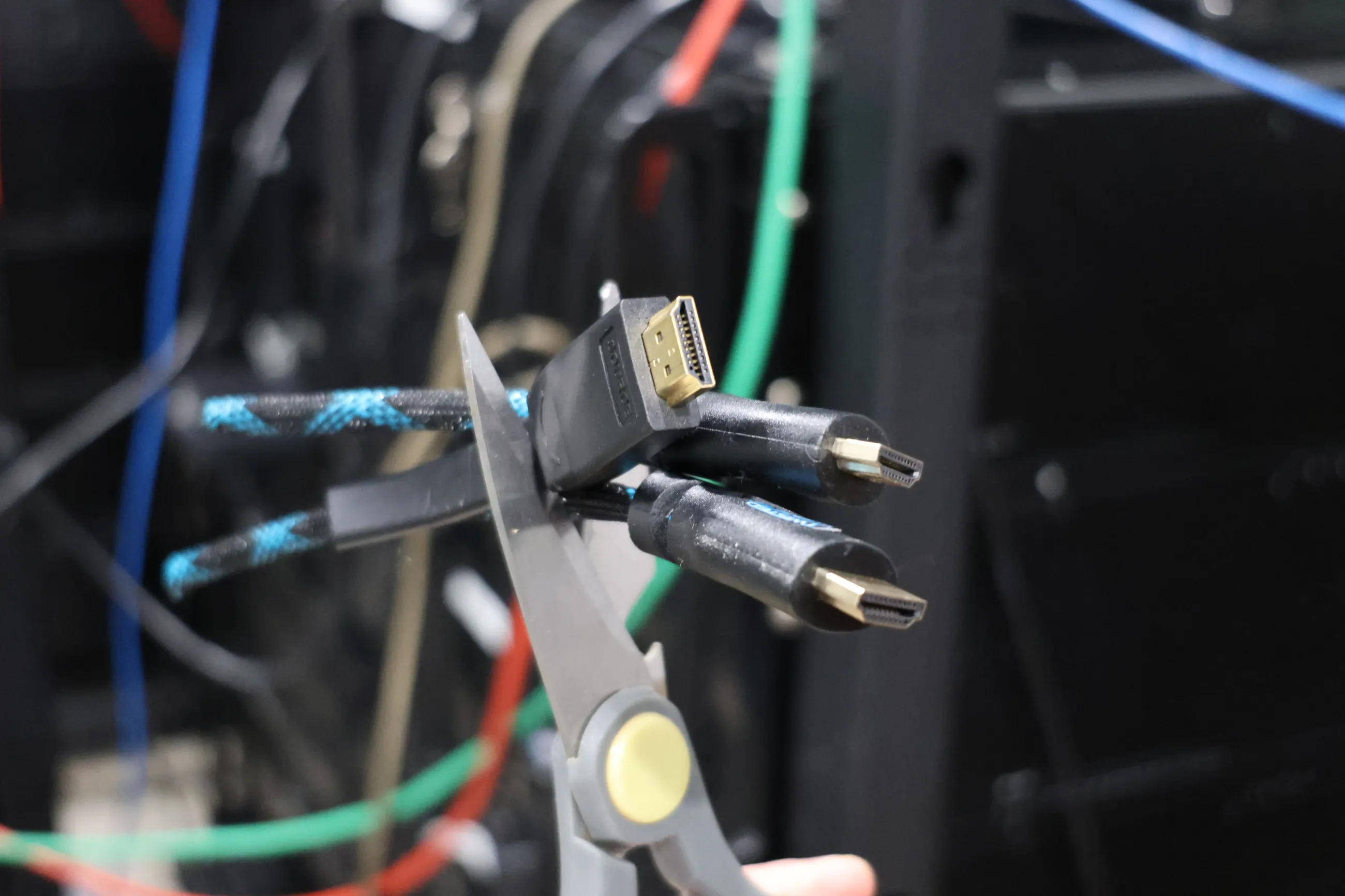ruffsl
I’m a robotics researcher. My interests include cybersecurity, repeatable & reproducible research, as well as open source robotics and rust programing.
- 25 Posts
- 9 Comments

 4·6 months ago
4·6 months agoTagging an image is simply associating a string value to an image pushed to a container registry, as a human readable identifier. Unlike an image ID or image digest sha, an image tag is only loosely associated, and can be remapped later to another image in the same registry repo, e.g
latest. Untagging is simply removing the tag from the registry, but not necessarily the associated image itself.

 3·7 months ago
3·7 months agoI fell for it. It took me a minute into the game time to figure what was up and double check today’s date.

 4·8 months ago
4·8 months agoI’m using a recent 42" LG OLED TV as a large affordable PC monitor in order to support 4K@120Hz+HDR@10bit, which is great for gaming or content creation that can appreciate the screen real estate. Anything in the proper PC Monitor market similarly sized or even slightly smaller costs way more per screen area and feature parity.
Unfortunately such TVs rarely include anything other than HDMI for digital video input, regardless of the growing trend connecting gaming PCs in the living room, like with fiber optic HDMI cables. I actually went with a GPU with more than one HDMI output so I could display to both TVs in the house simultaneously.
Also, having an API as well as a remote to control my monitor is kind of nice. Enough folks are using LG TVs as monitors for this midsize range that there even open source projects to entirely mimic conventional display behaviors:
I also kind of like using the TV as simple KVMs with less cables. For example with audio, I can independently control volume and mux output to either speakers or multiple Bluetooth devices from the TV, without having fiddle around with repairing Bluetooth peripherals to each PC or gaming console. That’s particularly nice when swapping from playing games on the PC to watching movies on a Chromecast with a friend over two pairs of headphones, while still keeping the house quite for the family. That kind of KVM functionality and connectivity is still kind of a premium feature for modest priced PC monitors. Of course others find their own use cases for hacking the TV remote APIs:

 2·10 months ago
2·10 months agoA while back, I tried looking into what it would take to modify Android to disable Bluetooth microphones for wireless headsets, allowing for call audio to be streamed via regular AAC or aptX, and for the call microphone to be captured from the phones internal mic. This would prevent the bit rate for call audio in microphone being effectively halved when using the ancient HFP/HSP Bluetooth codecs, instead allowing for the same call quality as when using a wired headset. This would help when multitasking with different audio sources, such as listening to music while hanging out on discord, without the music being distorted from the lower bit rate of HFP/HSP. This would also benefit regular VoLTE, as the regular call audio quality already exceeds that of legacy Bluetooth headset profiles.
Although, I didn’t manage to tease apart the mechanics of the audio policy configuration files used by the source Android project, given the sparse documentation and vague commit history.
- https://source.android.com/docs/core/audio/implement-policy
- https://android.googlesource.com/platform/frameworks/av/+/dc46286/services/audiopolicy/config/audio_policy_configuration.xml#147
I’d certainly be fine with the awkwardness of holding up and speaking to my phone as if it was in speaker mode, but listening to the call over wireless headphones, in order to improve or double the audio quality. Always wondered what these audio policies fall back to when a Bluetooth device doesn’t have a headset profile, but it’s almost impossible to find high quality consumer grade Bluetooth headphones without a microphone nowadays.

 2·10 months ago
2·10 months agoFor the call setting under Bluetooth audio devices, I really wish they would break out or separate the settings for using the audio device as a source or sink for call audio. Sort of like how you can disable HSP/HSF Bluetooth profiles for audio devices in Linux or Windows.

 3·1 year ago
3·1 year agoThat’s would be one long commute to the job site. Likely only a one way trip. I guess if cryostasis every becomes viable for human space flight, you’d have a better chance living long enough to catch up to the craft, but then you’d probably have the hassle of getting reassigned to a new office team, given all your old colleagues would have long retired, and who would really want to start patching hardware in production with a support crew you only just met after waking up. Sounds like a tough remote working environment, with all the cons in a aynchronous workplace, but with none of the perk in working from home.

 21·1 year ago
21·1 year agoSimilarly reported (in more detail) by TechCrunch:
I suspect this comment was posted to spell out the meme for those unfamiliar, but I wanted to thank you for transcribing it into text for those that also may be blind or visually impaired. With the loss of r/TranscribersOfReddit , I salute your contribution! Please keep at it!
https://www.theverge.com/2023/6/23/23771396/reddit-subreddit-community-transcribers-accessibility























Could you explain a little more on that? Just curious.